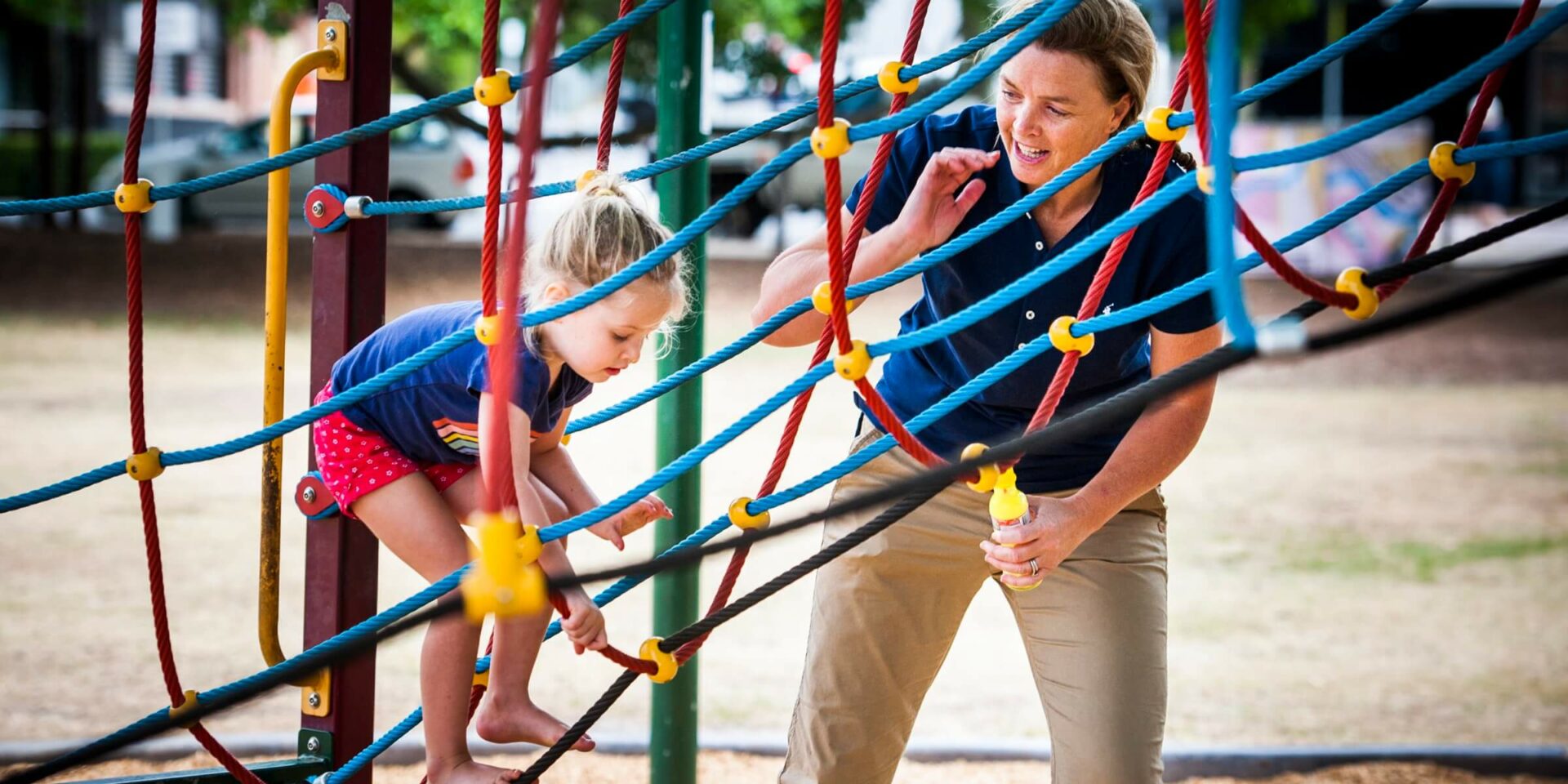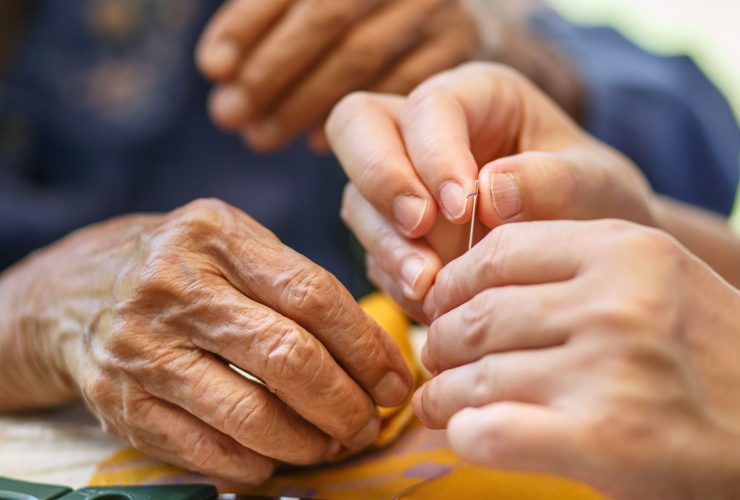Crossing the midline – what it means, and why it’s important
If you’ve heard your paediatric Occupational Therapist talk about the ‘midline,’ you might be wondering what it is and why it’s important?
The body’s mid-line is an imaginary line down the centre of the body that divides the body into left and right. “Crossing the midline” refers to a body part, for example a hand or foot, moving to the other side of the body for a task or purpose.
We cross the midline everyday without a second thought – tasks such as using a right hand to tie a left shoe lace require this skill. For children, learning to cross the midline is an important developmental skill needed for everyday tasks like writing, dressing, sports and playing games.
How to spot if your child has difficulties crossing the midline
There might be a few indicators to look for to tell if your child has difficulty crossing their body’s midline:
- If they switch hands at the halfway point when drawing a horizontal line across a page
- If they rotate their body towards a task to avoid reaching across the body
- Using both left and right hands and feet for tasks, for example using different feet to kick a ball and right hand for tasks on the right of the body and left hand for tasks on the left of the body
- Struggling to visually track an object from one side of the body to the other, such as following text when reading
Why crossing the midline is important
Crossing the midline is important for a range of skills children need as they develop, such as putting on shoes and socks, writing and cutting. It is important for children to develop a strong preferred hand for use with a range of tools (cutlery, scissors, pens and pencils), and spontaneously crossing the midline with the dominant hand enables this hand to practice skills on both sides of the body. If a child avoids crossing the midline, both hands tend to get equal practice at developing skills and they may find learning to write and other fine motor skills harder as they have two less skilled hands, rather than one more skilled dominant hand. Hand and foot dominance normally matures over time, though you should expect to see a clear hand preference by 4 to 6 years of age.
Crossing the midline also enhances the links between the left and right hemispheres of the brain, which is important for coordinating smooth, controlled and complex gross motor movements.
When children are able to cross their midline, they also begin to develop their ability to more competently use both hands together in two handed tasks, for example holding paper still whilst writing with the other hand and using two hands when threading beads.
Activities to encourage your child to cross their midline
- Craft activities like threading, beading, painting, drawing and cutting all encourage kids to cross their midline frequently
- Twister is a fun way to encourage crossing the midline
- Playing with stickers – taking stickers off body parts on the right side of the body with the left hand and vice versa
- Playing ‘Simon says’
What to do if you’re worried about your child
Most children develop the ability to cross their midline independently, and as with all developmental milestones the age this happens may vary from child to child. If your child has difficulties crossing their midline, or has delayed handwriting/fine motor skills, coordination skills or self-care skills for their age, an assessment by an Occupational Therapist can help provide you with some guidance on how to support your child with these activities.


